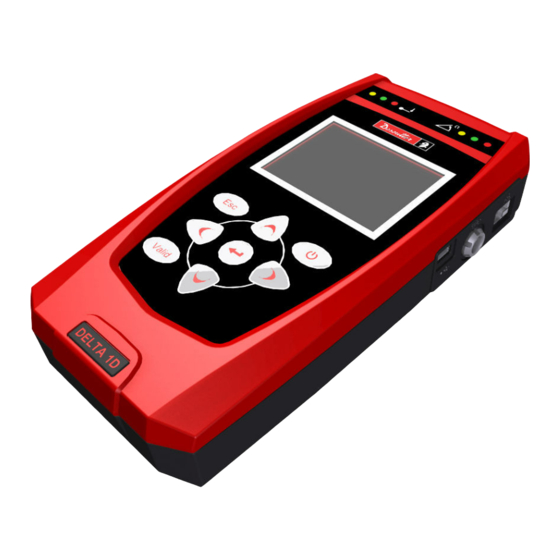
Table of Contents
Advertisement
Quick Links
To reduce the risk of injury, before using or servicing tool, read and understand
the following information.
The features and descriptions of our products are subject to change without
prior notice.
1
249
(
)
DELTA – User Guide
WARNING
Part Number
6159938880
Issue
13
Date
01/2018
Page
1 / 249
01/2018
Advertisement
Table of Contents




Need help?
Do you have a question about the Delta 1D and is the answer not in the manual?
Questions and answers